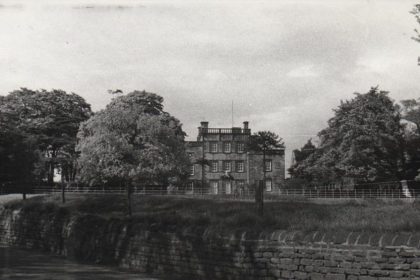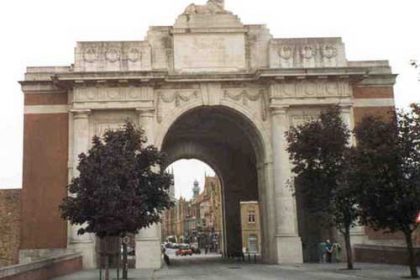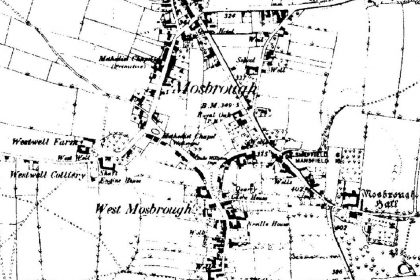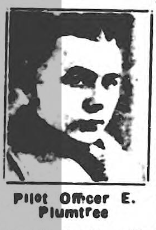The Malthouse, Station Road, Mosborough
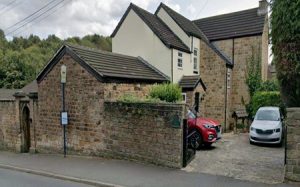
The story of the Malthouse on Station Road begins in 1818, on land that had only recently been transformed. For centuries, Mosborough Green had been open ground, where villagers grazed their animals in the old .communal way. But the Enclosure Act of 1796 changed all that, carving the Green into private plots. One of these, a modest parcel beside Station Road, was allotted to Thomas Lindley. On it, new buildings soon rose—the beginnings of the Malthouse.
By 1826 the property had taken shape: a house with its garden, a stable and cowhouse, and, most importantly, the maltings that gave the site its name. Its first known occupant was Jonathan Oates, a maltster born in 1762, whose trade was essential to brewing and village life. Just a year later, however, Jonathan decided to sell up, advertising the property in the Sheffield Independent as “newly built within the last nine years.” His name then fades from local records. George Foster, writing years later, recalled that Oates had emigrated to America, and indeed his widow Hannah died in Marietta, Ohio in 1867. Jonathan himself disappeared into the wide unknown of the New World.
Ownership next passed to Harvey Slagg, eldest son of William Slagg of Mosborough Hall. Harvey had married well—Eliza Lowe of Unstone in 1829—but life was not kind to him. Eliza died young in 1836, and before long Harvey’s finances crumbled. He tried to sell the malthouse, kiln and dwelling in 1847, but within two years he was bankrupt.
The timing was unfortunate. Across England, the malting trade was in decline, caught between changing tastes, new technologies, and tightening regulations. By 1853, when the property went under the hammer again, it was in the hands of a Mrs Billam—likely the widow of Samuel Billam, a maltster and innkeeper at the Fox and Hounds in Marsh Lane. Samuel had briefly operated the Malthouse before his death in 1852, leaving his widow to manage what she could.
Soon afterwards the property passed into the hands of William Lowe, who took it on after his father’s bankruptcy. He let it to William Turner, a prosperous sickle and reaping-hook maker who also farmed thirty acres. Turner, however, had little use for the old maltings, which lay idle and unoccupied for years. By the time he retired in 1875, the industry that had once justified their construction had vanished altogether.
That same year the Ordnance Survey shows the inevitable: the kiln and malthouse were pulled down, and a neat row of cottages rose in their place. They became known as Malthouse Row. The original house and outbuildings survived, though, and by 1881 they were home to Charles Poole, a farmer and carrier who ran a regular service between Mosborough and Sheffield’s Pheasant Inn. His life at the Malthouse was long and steady; he raised his family there and, poignantly, it was from there that he petitioned the Burial Board in 1877 to allow his infant son William to be the first interment in Eckington’s new cemetery.
Charles Poole lived on in the old house until 1923, dying at the remarkable age of 88. He was buried in the same grave as his child, closing a chapter in the life of a building that had witnessed the rise and fall of Mosborough’s malting trade, and then found quieter purpose as a family home.

